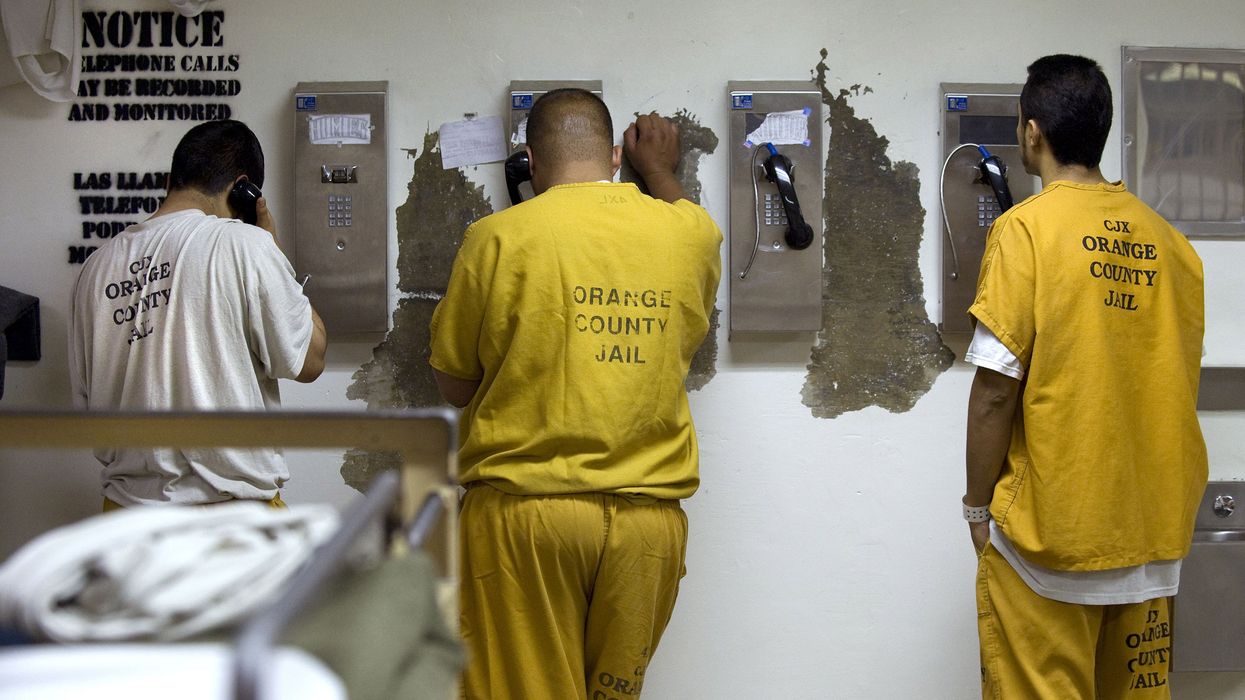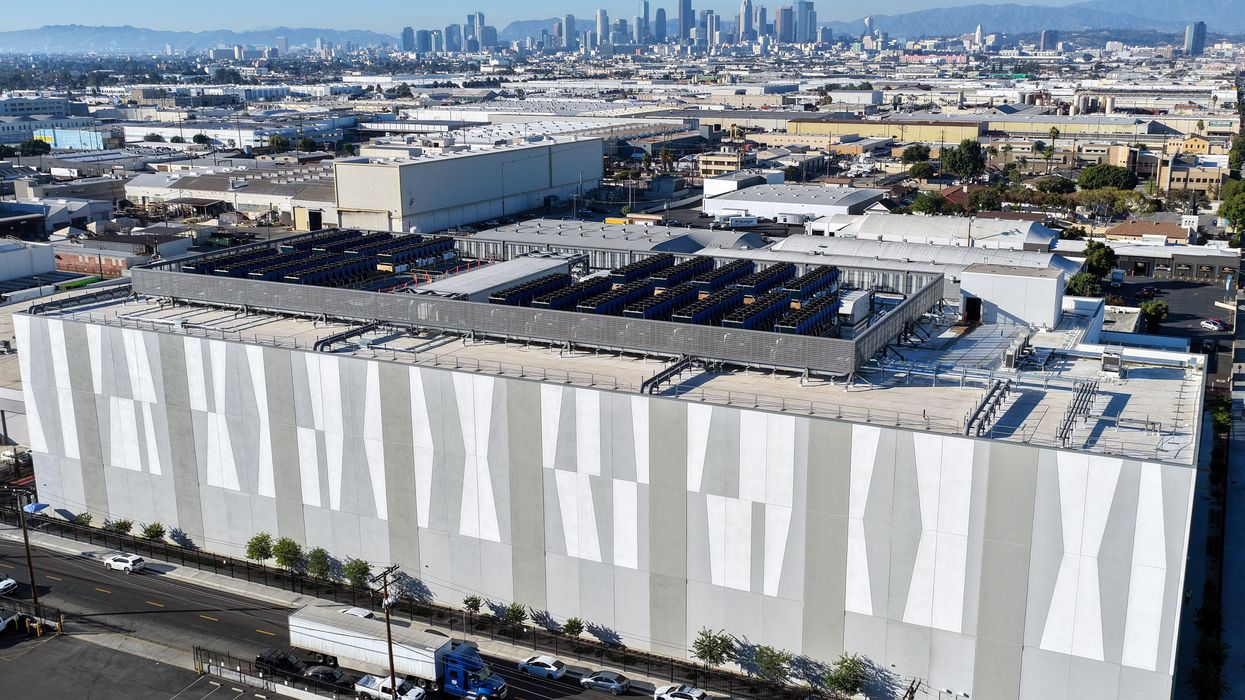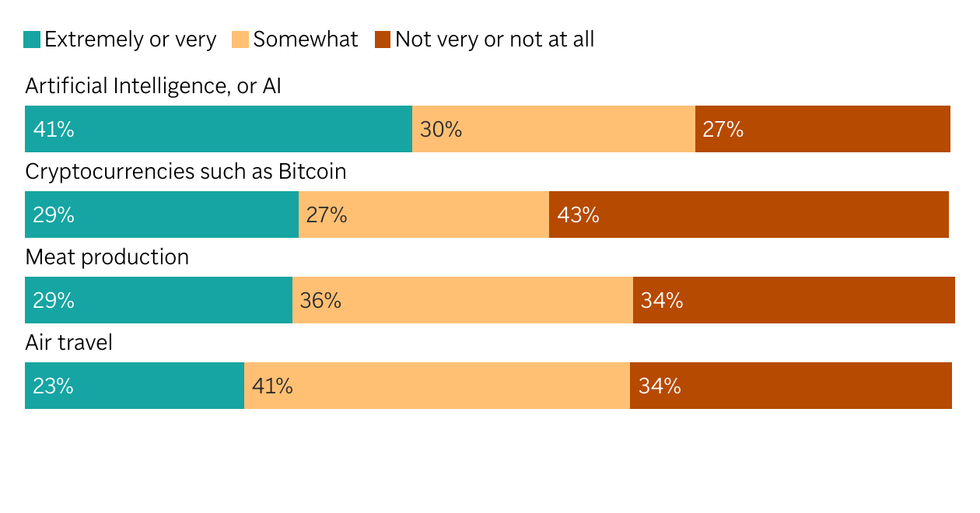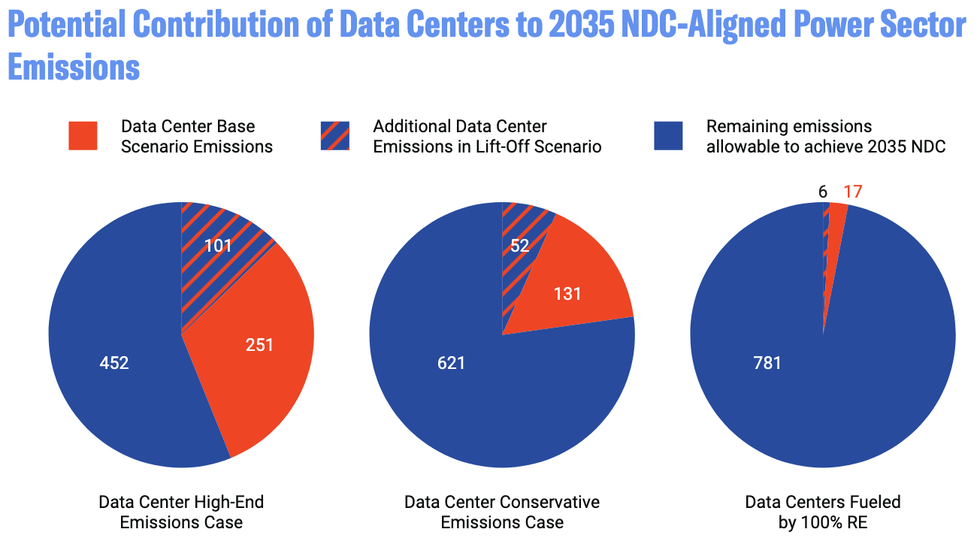Responding to a lawsuit from five conservation groups, the
Obama administration has decided not to increase grazing fees on public
lands to reflect the true costs of such grazing to taxpayers and the
environment. Tuesday's decision by the departments of agriculture and
interior comes five years after the groups' initial request to reform
the federal grazing program that charges artificially low fees for
livestock grazing on public lands. The government's response was
prompted by a lawsuit filed by the Center for Biological Diversity,
Western Watersheds Project, WildEarth Guardians, Great Old Broads for
Wilderness and Oregon Natural Desert Association.
Conservation organizations submitted a petition in 2005
asking the government to address the grazing-fee formula and adjust the
fee in order to cover the costs of the federal grazing program, which
costs taxpayers at least $115 million annually, according to a
Government Accountability Office report. Conservationists contend that
Americans lose even more in compromised wildlife habitat, water
quality, scenic views and native vegetation.
"Today's long-awaited answer was a huge disappointment,"
said Greta Anderson, Arizona director for Western Watersheds Project.
"Year after year, we watch as the government gives a sweetheart deal to
public-lands ranchers at the expense of taxpayers and the environment.
We had hoped the Obama administration would do better, but it's
business as usual for the western livestock industry."
"Subsidizing the livestock industry at the cost of
species, ecosystems and the American people is plainly bad public-lands
policy," said Taylor McKinnon, public lands campaigns director at the
Center. "The choice to continue that policy is both a disappointment
and a blight on the Obama administration's environmental record."
"Given the massive budget shortfalls our country faces,
we can no longer afford to subsidize a small group of ranchers to graze
public lands at public expense," said Mark Salvo, director of the
Sagebrush Sea Campaign for WildEarth Guardians and one of the primary
authors of the petition. "As long as grazing is permitted on public
lands, it's only fair that public-lands ranchers pay for the cost of
their activity."
Grazing fees have not kept pace with inflation or with
comparable grazing leases on state and private land. The 2010 grazing
fee was just $1.35 per cow per month -- the fourth year in a row that
the fee was set at its lowest legal limit. The 2011 fee will be
announced at the end of January.
The groups will be exploring all options, including
litigation, to address the agencies' unfortunate decision today to take
no action.
A copy of the 2005 fee petition can be found by clicking here.
A copy of the legal complaint against the government can be found here.
A copy of the Department of Agriculture's response can be found here.
A copy of the Department of the Interior's response can be found here.
A copy of the 2005 GAO report can be found by clicking here.
A report assessing the full costs of public-lands livestock grazing can be found here.
Background
Livestock grazing
is one of the most ubiquitous and destructive uses of public land. It
is also a contributing factor to the imperilment of numerous threatened
and endangered species, including the desert tortoise, Mexican spotted owl, southwestern willow flycatcher, least Bell's vireo, Mexican gray wolf, Oregon spotted frog, Chiricahua leopard frog and dozens of other species of mammals, fish, amphibians and springsnails that occur on western public land. Public-lands livestock grazing is also a primary factor contributing to unnaturally severe western wildfires, watershed degradation, soil loss and the spread of invasive plants -- as well as annual greenhouse gas emissions equivalent to that of 705,342 passenger vehicles.
Grazing fees apply to livestock grazing across 258
million acres of western public land administered by the Forest Service
and Bureau of Land Management -- 81 percent of the land administered by
the two agencies in the 11 western states. There are approximately
23,600 public-lands ranchers, representing about 6 percent of all
livestock producers west of the Mississippi River.
The low federal grazing fee contributes to the adverse
impacts caused by livestock grazing on public lands for two primary
reasons: (1) the below-fair-market-value fee encourages annual grazing
on even the most marginal lands and allows for increased grazing on
other areas; and (2) since a percentage of the funds collected is
required to be used on range mitigation and restoration, the low fee
equates to less funding for environmental mitigation and restoration of
the affected lands.
In its 2005 report, the Government Accountability Office
found that the BLM and Forest Service grazing receipts fail to recover
even 15 percent of administrative costs and are much lower than fees
charged by the other federal agencies, states and private ranchers. The
GAO found that the BLM and Forest Service grazing fee decreased by 40
percent from 1980 to 2004, while grazing fees charged by private
ranchers increased by 78 percent for the same period. To recover
expenditures, the BLM and Forest Service would have had to charge $7.64
and $12.26 per animal unit month, respectively.




 (Image: The Associated Press-NORC Center for Public Affairs Research)
(Image: The Associated Press-NORC Center for Public Affairs Research)  (Image: Center for Biological Diversity)
(Image: Center for Biological Diversity)